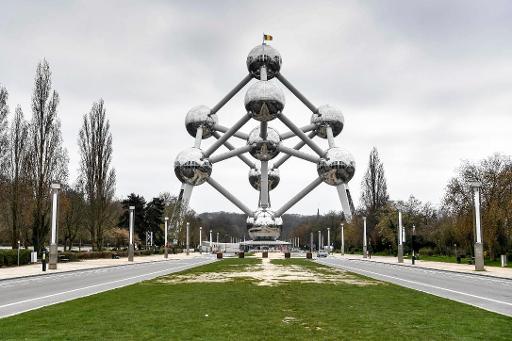The Brussels-Capital Region turned "dark red" on the coronavirus map of the European Centre for Disease Prevention and Control (ECDC) on Thursday.
Since the new colour system was introduced at the end of January, this is the first time the Region received the darkest marking, meaning the incidence (the number of confirmed cases/per 100,000 inhabitants over two weeks) exceeds 500.
According to Thursday's report of Belgium's national health institute Sciensano, the incidence rate for the Brussels-Capital Region was 549.
Flanders and Wallonia remain in the "regular" red, meaning their incidence rates lie between 150 and 500.
A more detailed analysis of the Sciensano report shows that the incidence rate has risen sharply in the Walloon province of Namur (719) and is also slightly above 500 in Hainaut (503), Luxembourg (506) and the Flemish province of East Flanders (also 506).
The average incidence rate across the entire Belgian territory is currently 442.
#JustPublished Updated ? maps are online! These maps aim to support the @EUCouncil recommendation on a coordinated approach to the restriction of #FreeMovement during #COVID19 pandemic. 4th colour added on EU Council's request. Find more here: https://t.co/CcBVx6B0o5 pic.twitter.com/JSxKDObHWa
— ECDC (@ECDC_EU) March 25, 2021
For the regions bordering Belgium, the Hauts de France also appears in dark red, as do the Netherlands.
In the rest of Europe, Sweden, Estonia, Poland, the Czech Republic, Hungary, Bulgaria, Italy and Cyprus are the countries with the most dark red areas. The ECDC updates its map every Thursday.
The Brussels Times

